
ID card — if you have one, you're all set!Not sure?
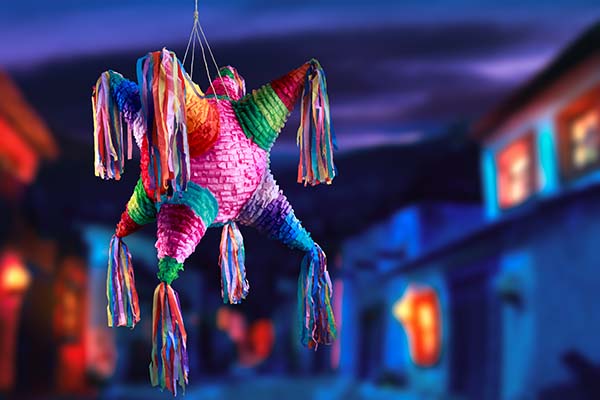
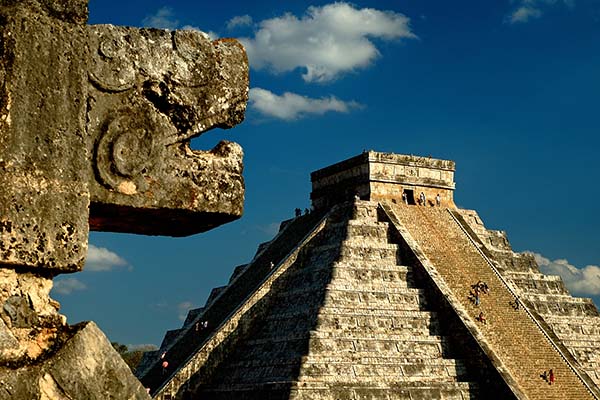
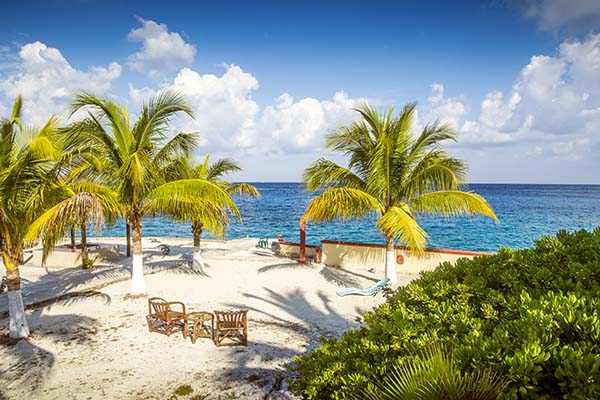

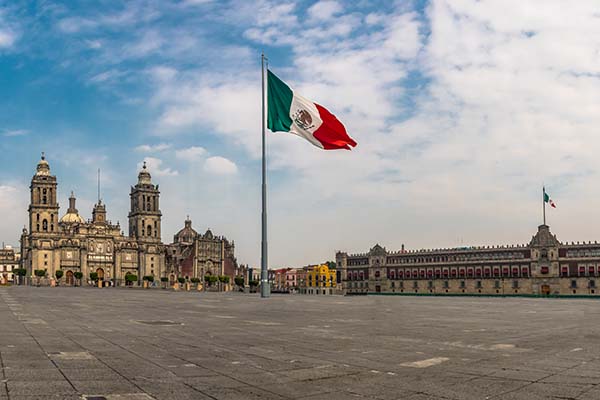
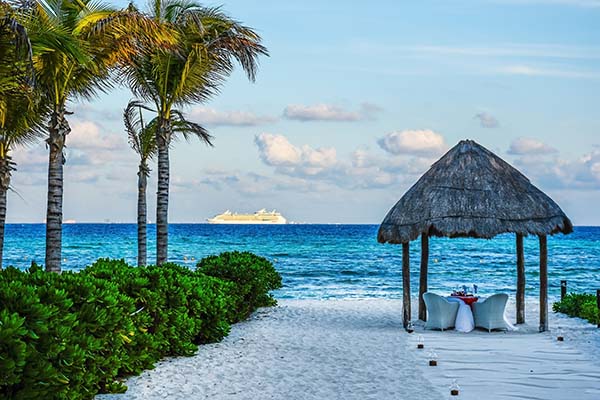
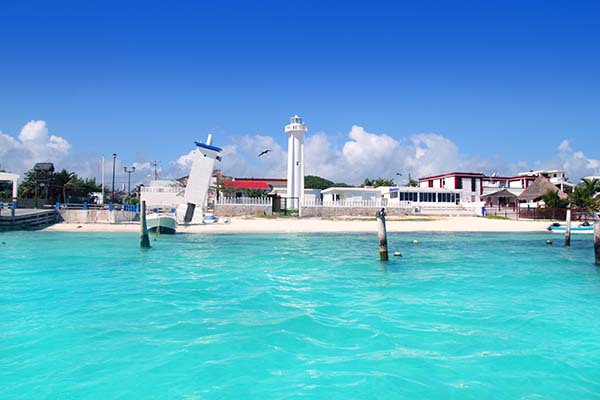

Famous for its flavorful food, generous people, and dazzling beaches and mountains, Mexico is located between the U.S. and Central America. The country is full of intriguing treasures to discover, including historical ruins and cultural-rich villages. The wide topography allows for a varied climate, which breeds humid tropical jungles, warm sunny beaches, and dry hot deserts. Whether you want to encounter the quaint charm of fishermen’s Puerto Vallarta or the chic modern amenities of the capital Mexico City, you’ll find a setting and pace that suits. With plenty of outdoor adventures like para-sailing and zip-lining available too. Fly with the festive balloons in Zozocolco, climb the wondrous Mayan stairs of Chichén Itzá, or walk with the wildlife among the Olmec Head statues in La Venta. You’ll love the color and character sprinkled far and wide in Mexico.
If you’re traveling to Mexico from the United States, Australia, Canada, the United Kingdom, and countries in the European Union, you’ll need a passport which is valid for at least 6 months (which is the maximum period of time you can stay in Mexico as a tourist). And you won’t need a visa from these countries – you just need a visitor’s permit, which is referred to as an FMM (Forma Migratoria Multiple). They do require a small fee, and are easily available. You’ll also need your FMM to return back home, so keep track of it during your trip.
Mexico’s weather and climate vary by region and season. It rarely rains between December and April, so it’s optimum to visit then. The rainy season begins around May, starting in the southern regions, and it’s coolest between December and February. Temperatures in most areas generally run between 70F-90F year around!
The Mexican currency is the peso, although the U.S. dollar is usually accepted throughout much of the country (though you may not get the best exchange rate that way). Use of your debit and credit cards are now recommended in Mexico for most restaurants and hotels, even though you may need cash when buying from an outdoor artisan market or a street food cart. If possible, use a card without a foreign transaction fee. ATM machines are also found throughout most big cities, which also allows you to draw pesos at the best exchange rate.
If you need internet access on your trip, you may want to consider getting local service from Telmex, Mexico’s largest provider. But, if you don’t need to make a lot of phone calls or be connected to the internet, you can simply turn off your data and roaming on your phone and use local wifi. It’s available at many of the hotels, restaurants, and cafes. You could also use Skype or Whatsapp to make phone calls over your wifi connection. Some U.S. phone providers, however, offer good data plans for a stay in Mexico, so contact your carrier to ask about your options.
Taxis are prolific and inexpensive throughout most of Mexico. It’s advised that you negotiate the price in advance. They also have bus service and rental cars available, but in most situations taxis make the most sense for short trips in and around town.
